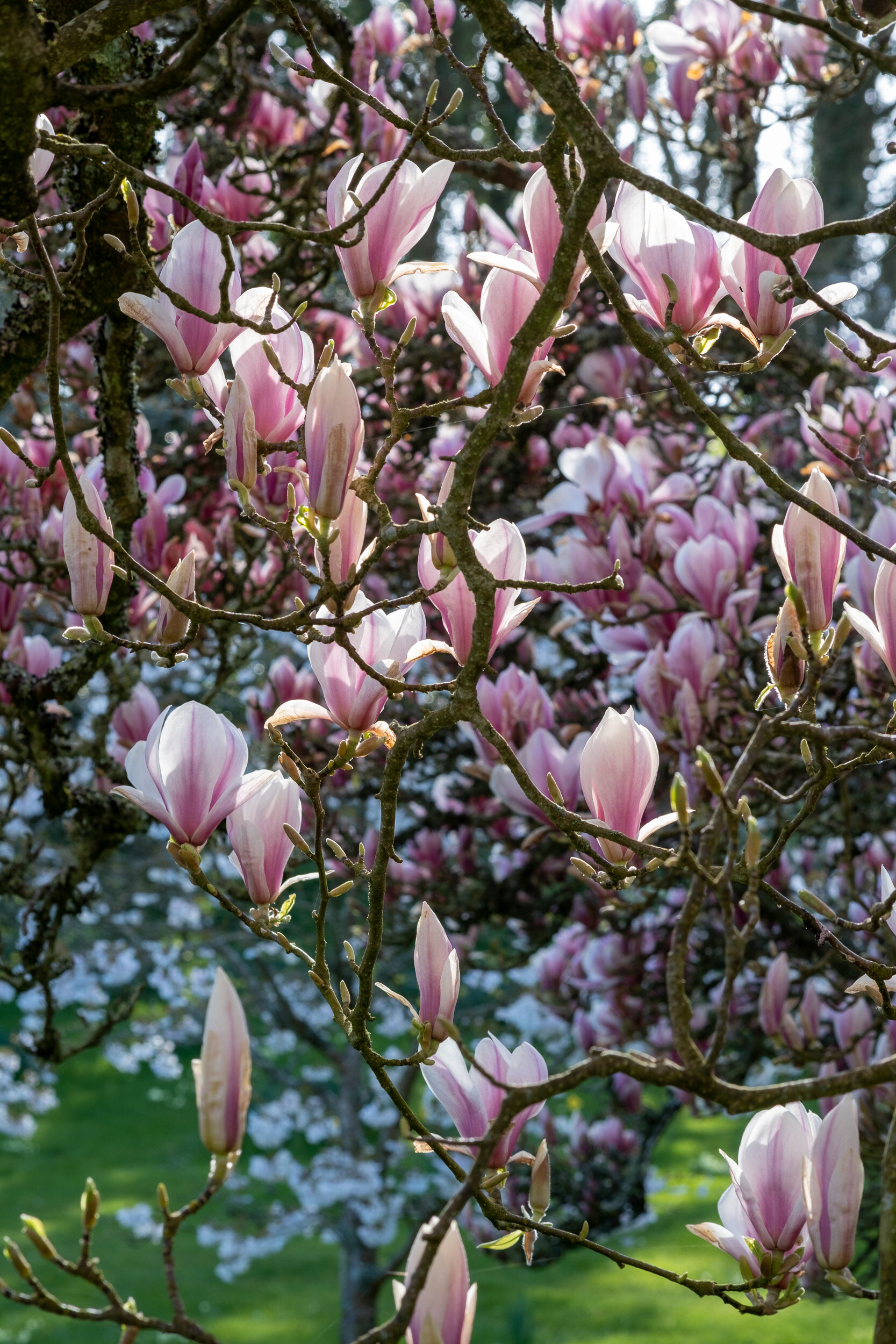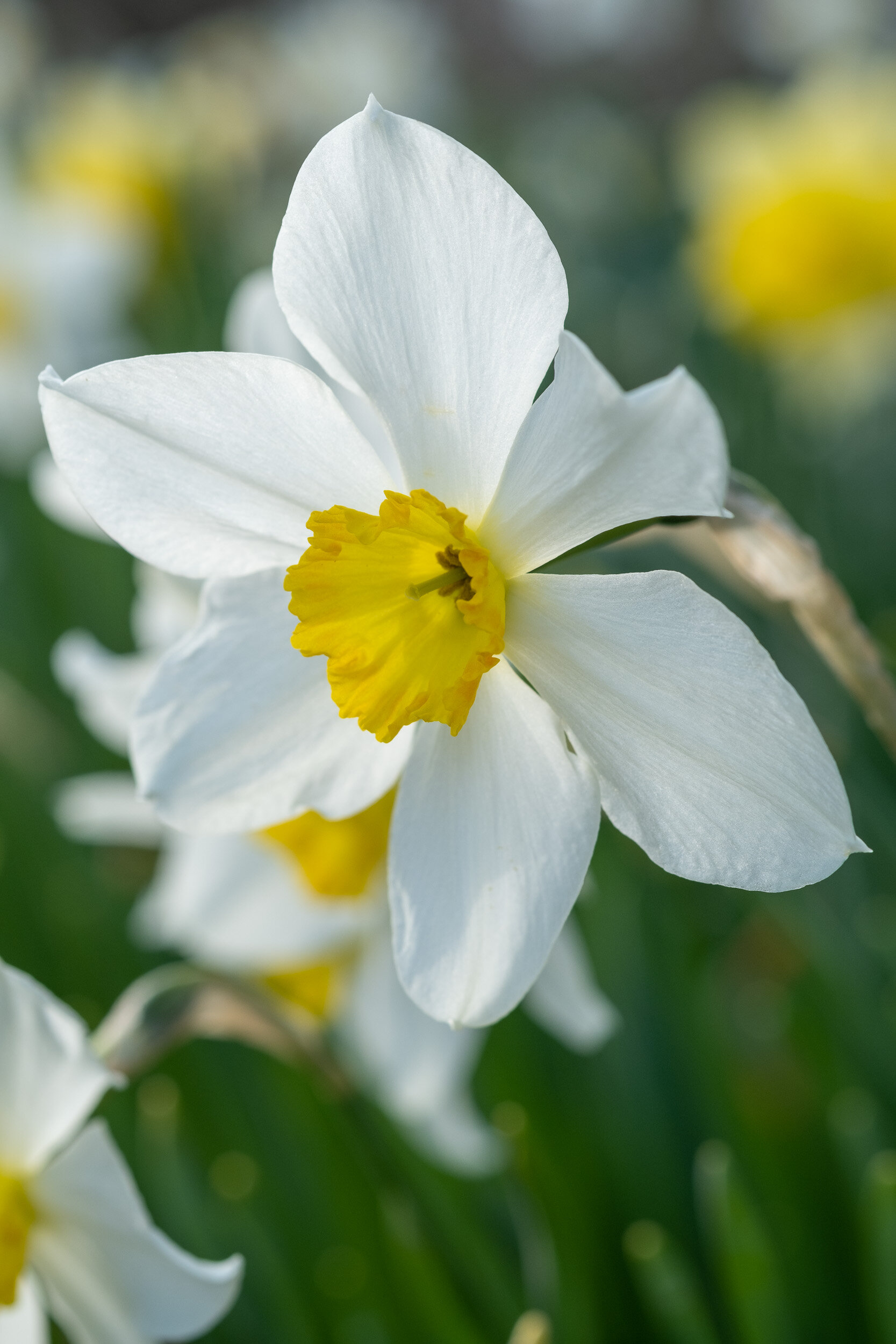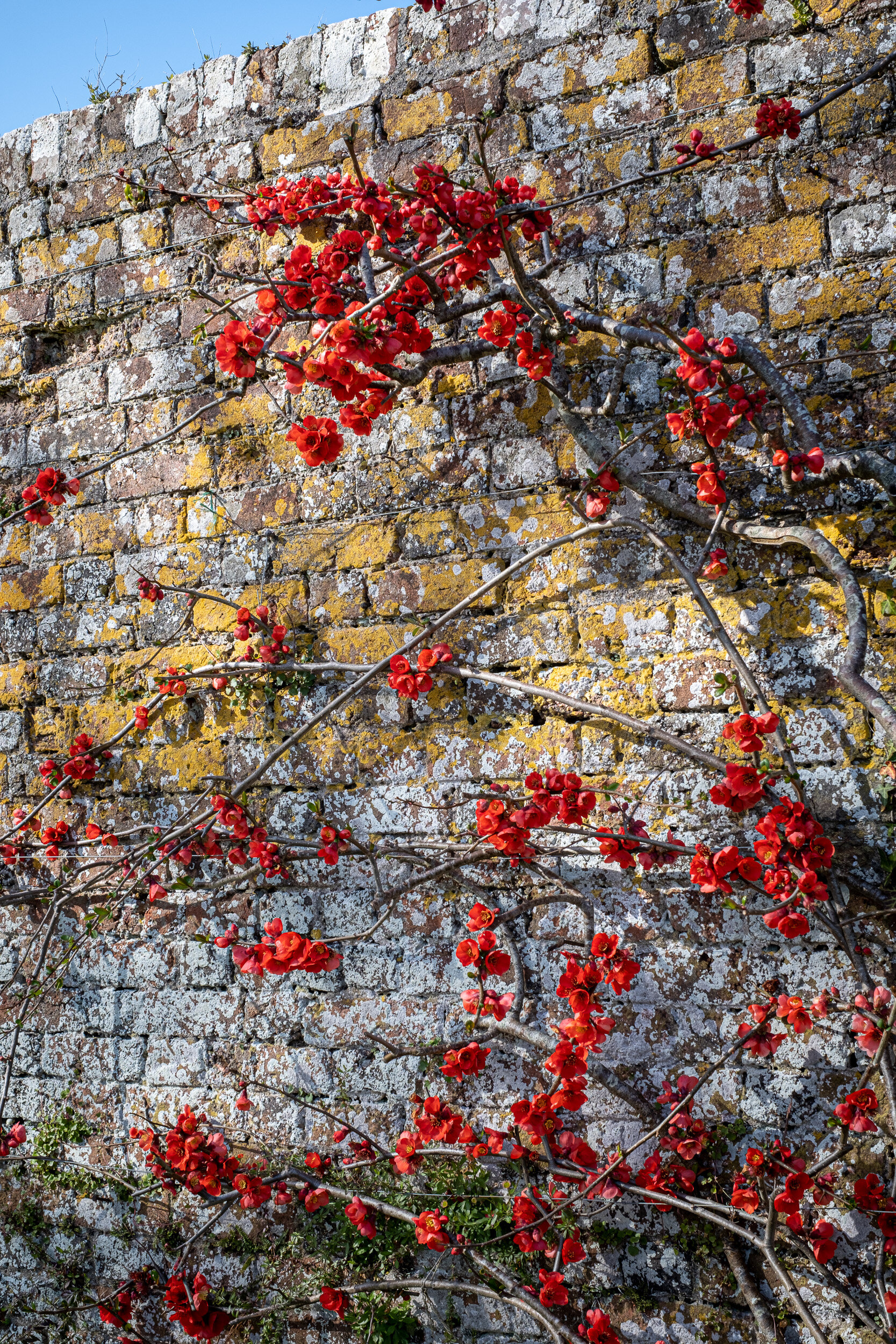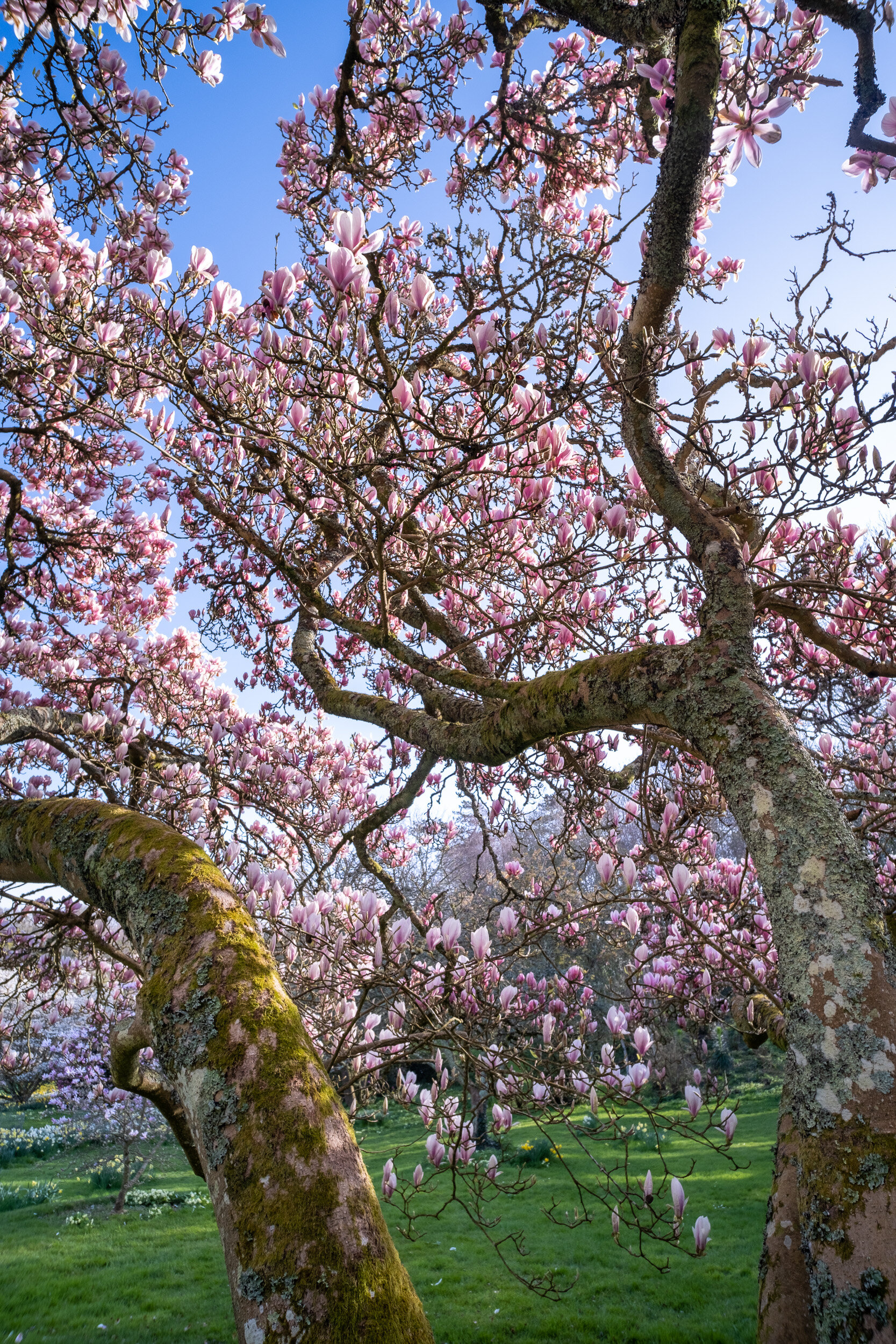Garden Photography with the Fuji X-T4
I am not a tech wizard (as my family will confirm!) but I thought I’d do a quick review of the Fuji X-T4 camera that I have recently acquired. I have had many other Fujis over the years, including the X-T1 and 2, so I know my way round them, and have found them to be excellent. I have had one or other of these cameras around my neck for a few years now, mostly whilst either travelling, or documenting my local patch ( a lot of the time in the pub!). I shoot gardens for magazines, and until now have used my Canon 5D4 with a range of lenses. However, at the start of this year I bought this camera and took it out to shoot a garden locally and have not put it down since. It’s fantastic for this sort of work…. it’s easy to carry a ‘full kit’ in my smallish Domke camera bag, and it is light weight. I can shoot handheld in quite low light… a revelation because I shoot on a tripod most of the time and that can be awkward and heavy at the best of times.
The images shot here are thanks to Mothecombe House in Devon.
Coincidently I recently bought a smaller Manfrotto carbon fibre tripod, so all in all my rather delicate back is thanking me at the moment! Back to the camera though…. one of the nice things about this model is that it has built in ‘Image Stabilisation’ which is great for those slightly lower shutter-speed ‘grab shots’… the daffodil above is an example. I can get right down to ground level and shoot upwards in to the flower without spending five minutes adjusting the tripod! Actually, another thing I find useful about this camera is the improved back screen. I generally use the viewfinder, which is an excellent digital ‘EVF’, but the screen is now fully articulated so its easy to angle your view from low down, looking upward, without cricking your neck!
The colours of final images, once processed through Lightroom software are beautiful. I use RAW files, but there are any number of JPEG ‘looks’ to choose from. The sensor is not full frame (it’s a 26MP APS-C sensor) but I really can’t see the difference in the files, and I find the colours, whilst different to the Canon, are great. The greens and blues appear to be perfect. And everything seems to ‘pop’… they are sharp and contrasty and very natural looking. Just look at the Japanese Quince image on the left beneath, the reds are amazing.
I have a range of different lenses, and believe me there’s a huge number of different lenses available. I only really use three or four, and am currently looking at the Fuji ‘red badge’ zoom lens, 16-55 to add to the bag. It is supposed to be the bees knees in terms of an all-rounder lens for this camera. The camera build quality is fabulous, it’s all metal and very solid, and the dials are lovely to use. They are real, dedicated single-purpose individually marked dials for each of shutter speed, ISO, exposure compensation, advance mode, STILL/MOVIE mode, as well as a dedicated autofocus mode switch and two more general purpose control dials. I’m not really going to talk about movie mode, but apparently the camera excels as a video camera too. It’s quite a traditional looking camera, and I am constantly amazed at the number of people who comment on it when I am carrying it around… not that that is important of course!
I would never have admitted it before, but I occasionally now use autofocus (what???!!!), and it is a revelation. It’s pin sharp results are easy to set up, and when shooting portraits it’s a god-send. I recently did a shoot for UK Country Living, and the children had to run through a field. The autofocus setting was easy to set up and gave perfect results. Who would have thought it? the camera can be set up to follow either the eyes, or a ‘head’… and it works beautifully. How many times in the past have I had to shoot 50 exposures to get one thats in focus? This may all be old news to some of you, but for a garden/interiors photographer used to manually focussing, it’s brilliant!
In conclusion, the camera has been a great addition to my kit. I won’t use it for interiors at the moment (for a start they don’t make a shift lens yet), but for garden shoots it’s staying! My back will be grateful, and I’m blown away with agility and ease of use of this camera. I have noticed that its very slightly bigger than the XT-2, which feels nice ‘in the hand’, and the battery life is MILES better. The only thing I can think of as a negative is the menu system, which is still rather complex… generally Fuji are excellent at making things intuitive, but the menus are a maze that sometimes feel impenetrable! Otherwise, it’s a big thumbs up from me.







